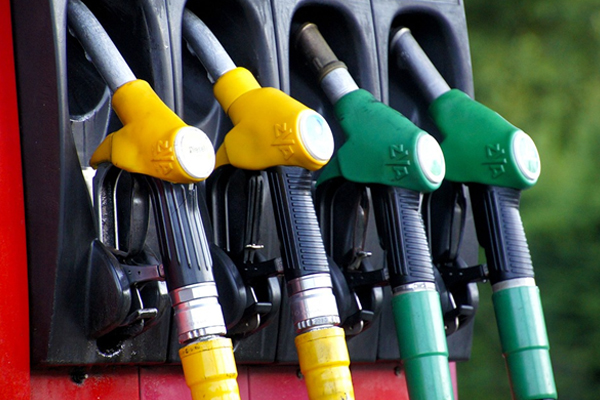PETROL PUMP WORKERS SUSCEPTIBLE TO RESPIRATORY DISORDERS
|
PETROL PUMP WORKERS SUSCEPTIBLE TO RESPIRATORY DISORDERS Rapid industrial growth, globalization, and poor environmental conditions at work places have created a lot of health-related issues. There is a high prevalence of occupational diseases, such as, silicosis, asbestosis, and pneumoconiosis among workers working in different industrial environments in India. Fast urbanization trends have resulted in a tremendous rise in the number of transportation vehicles, thereby, resulting in the increased need of petrol. This increase in demand of petrol has led to a steady rise in the number of petrol pumps in the country. On account of the lack of availability of sufficient international research on the occupational aspects of petrol pump workers, the present study focuses on the occupational health-related issues in this population. The rising number of vehicles has sharply increased the level of air pollution in various cities of India. A Health Survey done by the Centre for Science and Environment (CSE), New Delhi, has shown that 141 (80%) cities in India exceed the PM 10 (pollutants that emit particulate matter of less than 10 micrometers in size) standard, 90 cities have a critical level of PM 10 and 26 cities have the most critical level, exceeding thrice the standards. In a study involving six cities of India, the measured annual PM10 concentration in microgram per cubic meter (?g/m3) averaged 94.0 ± 20.4 in Ahmedabad, exceeding the annual standard of 60 ?g/m3, along with other five cities. It has been found that an increase of 10 ?g/m3of PM10 and NO2 is associated with a decrease of about 3% and 0.7% in FEV1 (forced expiratory volume in the first second), respectively. The emission of pollutants from motor vehicles can be evaporative emission, exhaust emission or crankcase (running loss) emission, out of which 20 – 32% is due to evaporative emissions. Owing to the volatile nature of petrol and the high environmental temperature in a city like Ahmedabad, hydrocarbon vapors from the petrol evaporate constantly into atmosphere, mainly from fuel lines, fuel tanks, and carburetors, depending upon the fuel composition, engine operating temperature, and ambient temperature. Hence, in addition to exhaust emission, petrol pump workers are also exposed to evaporative emission of pollutants. A detailed study conducted in Italy to determine the exposure of petrol pump workers to the benzene content of petrol has shown the highest benzene concentrations in the breathing zone of petrol station attendants. The study also shows that in a single refueling operation that lasts for about one minute, the mean air concentration of benzene to which a petrol pump worker is exposed is 3709 ?g/m3. In addition, most of the benzene (88%) is emitted while supplying fuel to the vehicle. The toxic effects of the benzene content of petrol on the various hematological indices and liver have been studied in gasoline-filling workers, with documented neurotoxicity. Petrol pump workers work 10 hours/day and six days/week at most of the pumps. The high level of environmental pollution and exposure to petrol and diesel vapors can have an impact on the lung function of petrol pump workers. Chest radiographs and arterial blood gas (ABG) analysis are unable to detect any significant airway obstruction in the early stages of respiratory disease. Spirometry is a valuable tool to assess lung function in the initial asymptomatic stages of respiratory dysfunction, as compared to other tools. It has been documented that only spirometry enables the detection of chronic obstructive pulmonary disease (COPD) five to ten years before shortness of breath develops. Petrol pump workers, who are asymptomatic, may have abnormal lung function. Hence, the purpose of this study is to assess the lung function of petrol pump workers by means of spirometry. The study concludes that the deleterious effects of air pollution and petrol/diesel vapor inhalation on the lung function of petrol pump workers results in a restrictive type of lung function abnormality. The pattern of respiratory impairment changes to a mixed type as the duration of exposure increases. Source: https://www.ncbi.nlm.nih.gov/pmc/articles/PMC4502199/ |



